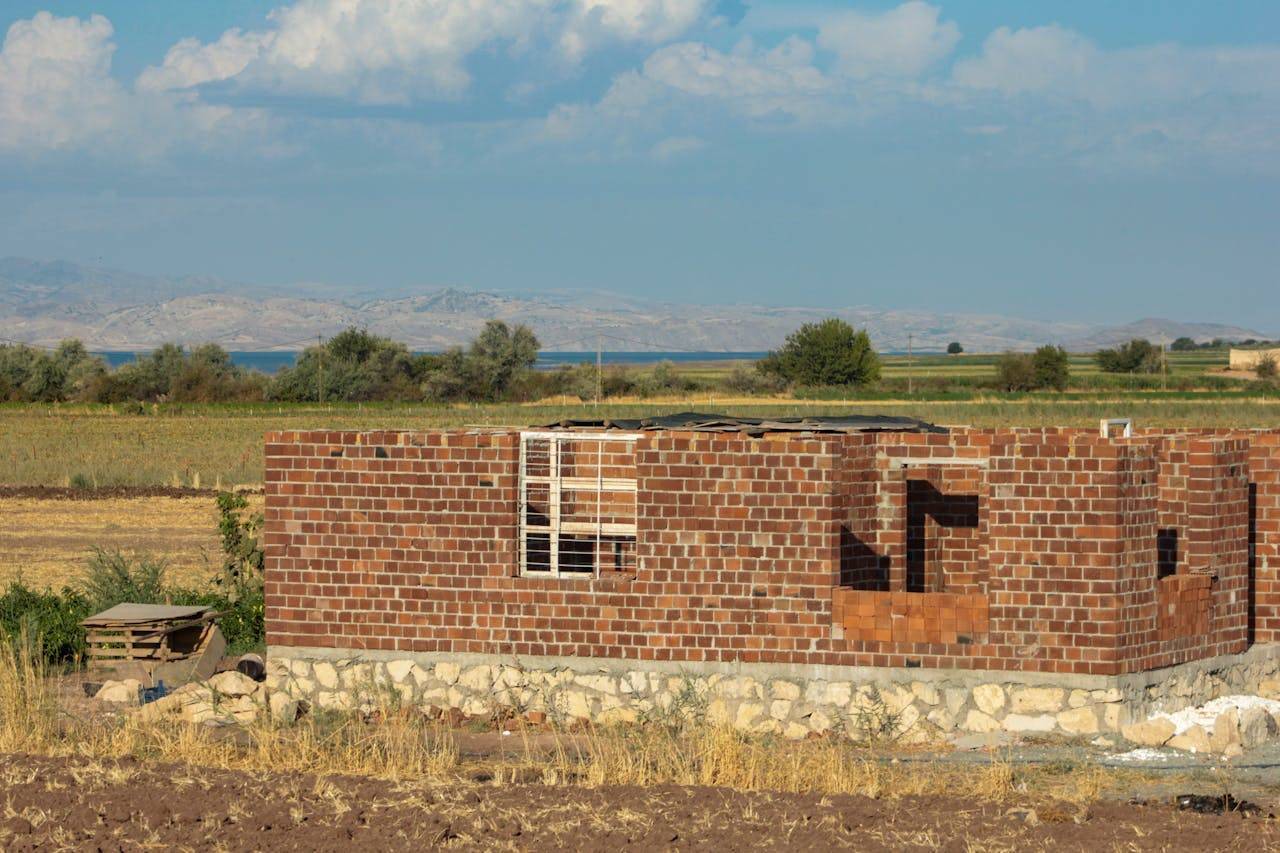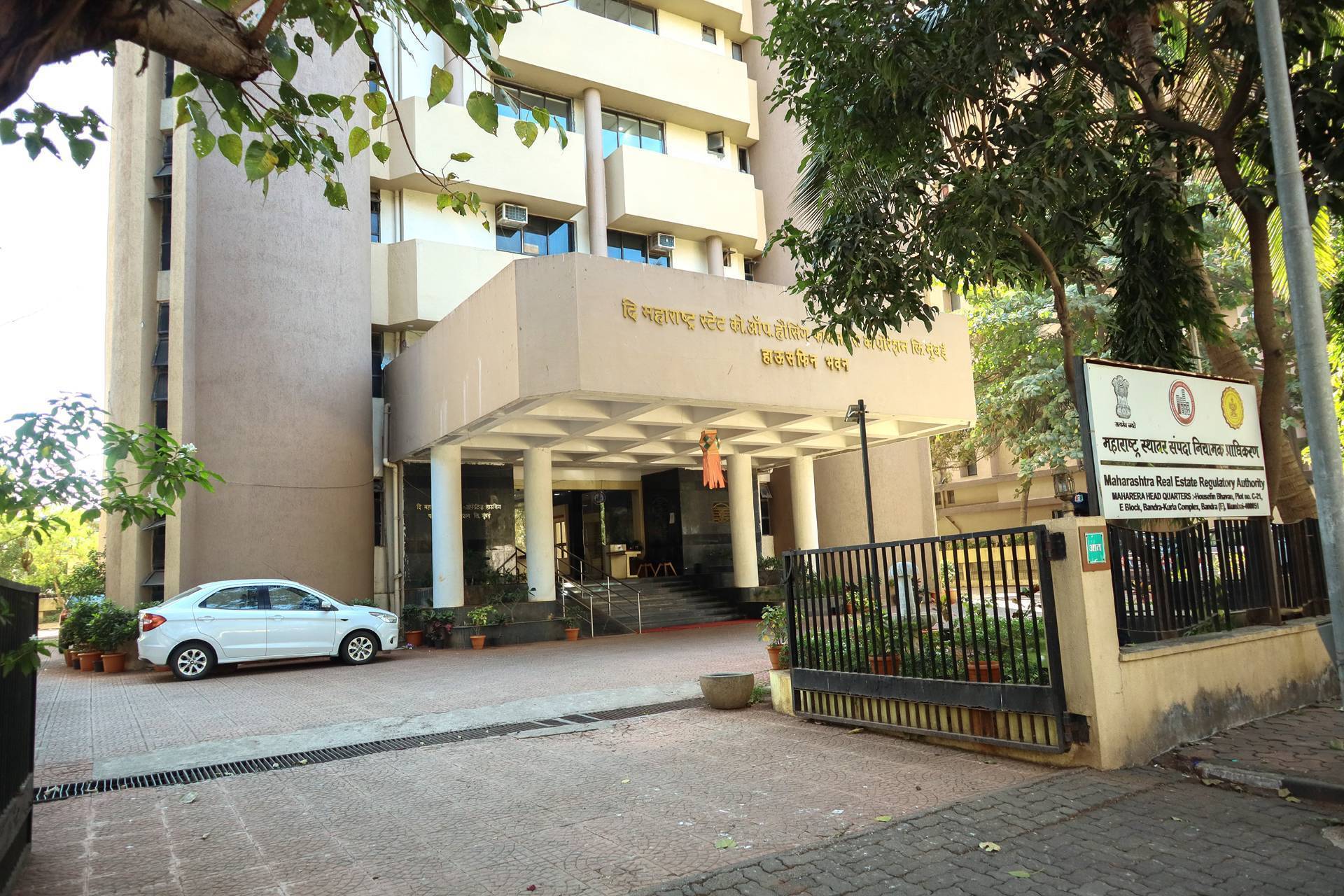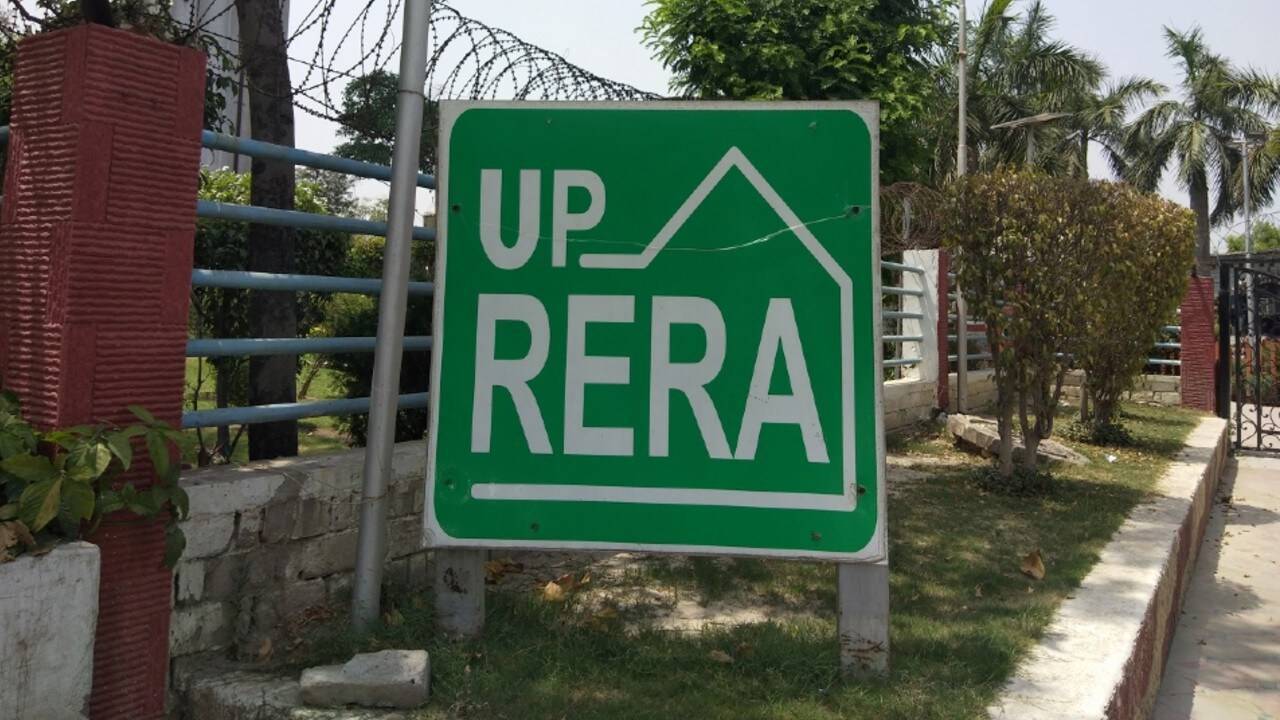The Supreme Court has ruled that the State Environment Impact Assessment Authority (SEIAA) and the State Expert Appraisal Committee (SEAC) will continue as the competent authorities for project-level environmental assessments. The decision, delivered on August 5, 2025, resolves a long-standing legal dispute and is expected to unlock 493 stalled real estate projects in the Mumbai Metropolitan Region (MMR) and Pune.
The order came in the matter of Vanshakti NGO vs Union of India, in which the petitioners had sought changes to the way environmental clearances for building projects were processed. By reaffirming SEIAA and SEAC’s jurisdiction, the apex court has removed a layer of regulatory uncertainty that had delayed approvals and hindered construction activity across the two key real estate markets.
According to the Confederation of Real Estate Developers’ Associations of India – Maharashtra Chamber of Housing Industry (CREDAI-MCHI), the projects affected include more than 70,000 housing units, many of them in the affordable and mid-income segments. Developers had been unable to proceed with construction as the approvals process was stalled due to questions over the legal standing of state-level environmental bodies.
The court also struck down specific provisions from the Ministry of Environment, Forest and Climate Change’s 2014 and 2016 notifications. These included Clause 14(a) and Appendix 16, which had proposed the establishment of an Environmental Cell under local authorities to oversee clearances. The court found that such provisions could create overlapping jurisdictions and confusion in the approval process.
In addition, the bench rejected the differential treatment that earlier regulations provided for certain building types. Industrial sheds and educational institutions had been placed under a different clearance framework compared to other construction projects. The Supreme Court held that such distinctions under the Environment (Protection) Act, 1986 were not justified, stressing the need for uniform regulatory standards across all project categories.
CREDAI-MCHI, which had intervened in the case, said the judgment was a significant step towards restoring predictability in the project approval process. The organisation stated that prolonged ambiguity had affected not just developers, but also suppliers, contractors, and thousands of homebuyers who had invested in under-construction projects. It said the ruling would allow state agencies to process pending applications and enable work to resume on projects that had been on hold.
Domnic Romell, president of CREDAI-MCHI, noted that the industry body had initiated legal action to address what it viewed as an increasingly complex and unclear system for obtaining environmental clearance. He said that the confirmation of SEIAA and SEAC as the decision-making authorities would streamline the process and allow developers to plan project execution with greater certainty.
The judgment is expected to have a broader impact on the real estate market in Maharashtra, particularly in MMR and Pune, which together account for a large share of the state’s housing supply. Stalled projects in these regions have contributed to delays in housing delivery and financial stress for both buyers and developers. Analysts say that clearing the backlog could help boost housing supply in the short to medium term, stabilise pricing pressures, and restore market confidence.
Legal experts point out that the ruling reinforces the principle of decentralised environmental oversight, with state-level bodies managing project assessments within the framework set by the central government. This could also set a precedent for other states facing similar disputes over environmental clearance authority.
The final written order from the Supreme Court is awaited. Once issued, state environmental authorities are expected to process the pending applications in accordance with the court’s directions. Developers with affected projects will still be required to meet all environmental compliance requirements, but the jurisdictional clarity is expected to speed up decision-making and reduce procedural delays.
The decision marks the resolution of a legal issue that has been in discussion for several years and has drawn concern from both industry and consumer groups. With the court’s clarification, projects that had been frozen at various stages, from early construction to near-completion, may now proceed towards delivery. For many homebuyers, this could mean the prospect of receiving possession after prolonged waits.









.png)